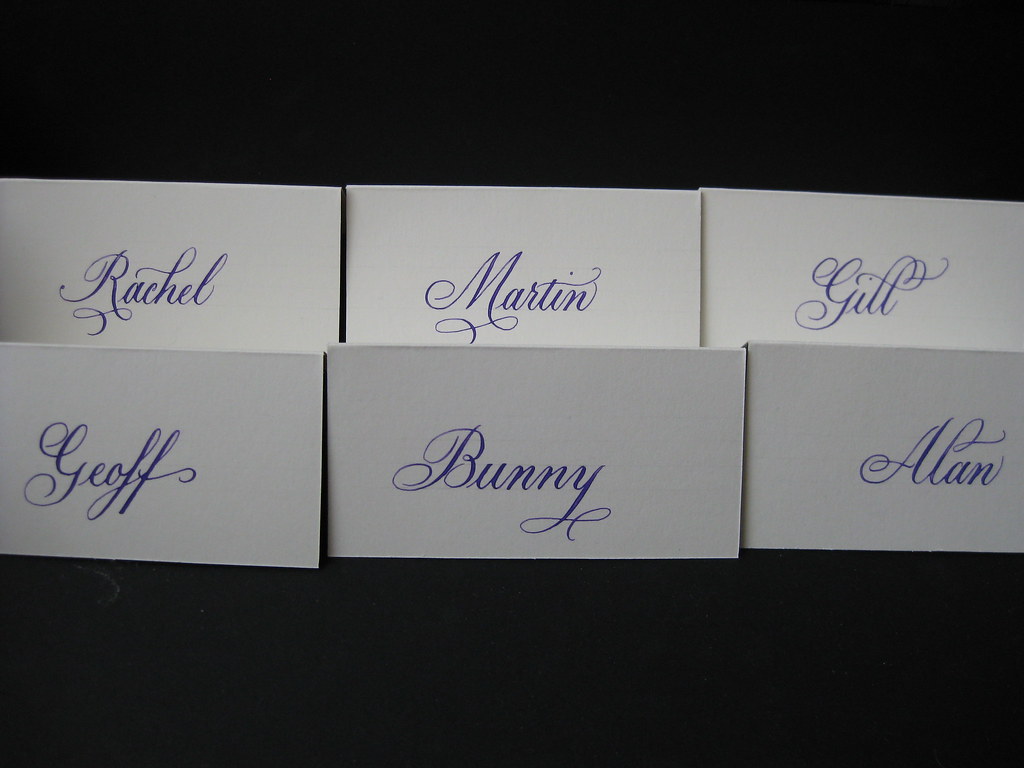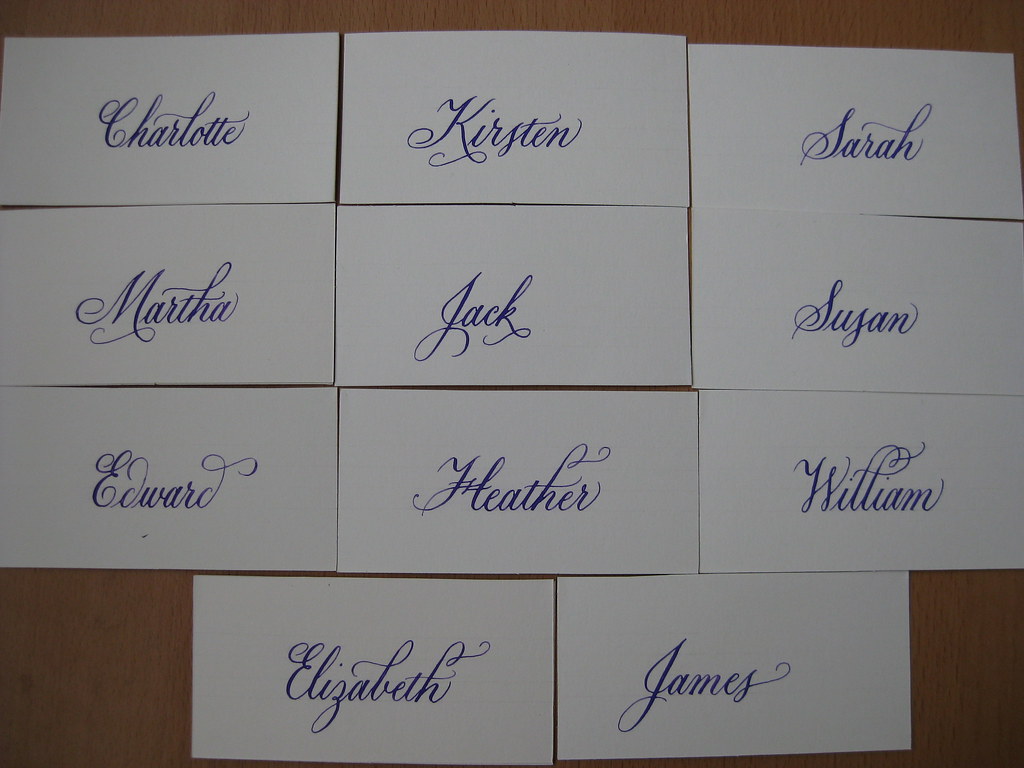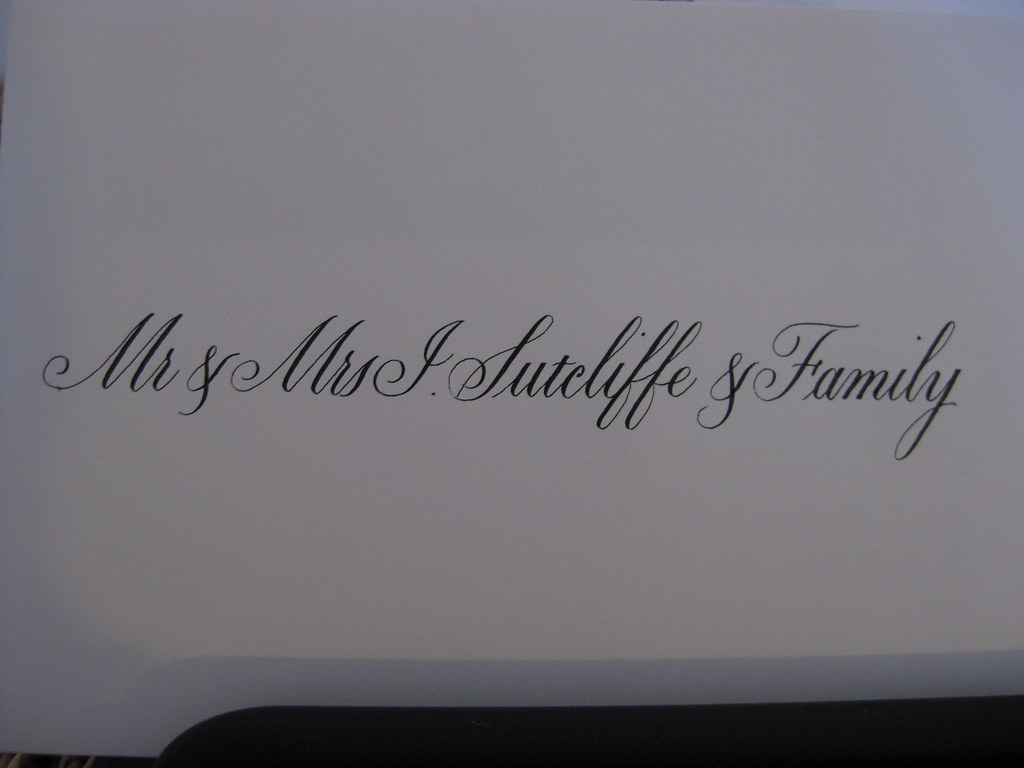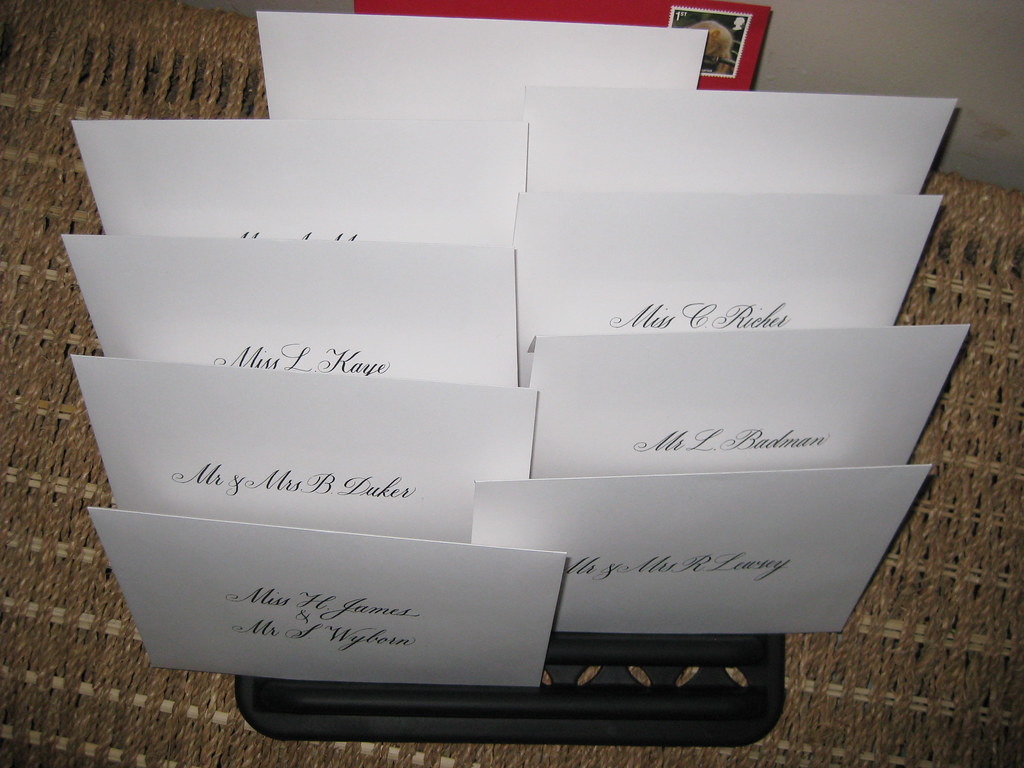 |
| (courtesy of Jenny Mackness. CC licensed) |
If the comments on the BBC article are anything to go by, reactions to this news have been mixed to say the least. Many are proclaiming the death of the handwritten letter (I suspect these to be the same people who believe that ebooks spell the demise of the printing press and real books along with it); some think that the elderly will suffer most and it is our social duty to teach them all how to use email; some believe that something ought to be done, but not this (strangely lacking in other bright ideas as to how to tackle the issue though - funny that); and there are a few brave souls who have put their hands up to say they think it's a good idea, and that 60p is a small price to pay for "a physical item, collected within a short walk from your house, transported to the other end of the country and put through a specific door, all within 24-48 hours" - foolhardy behaviour indeed in a BBC comments section where such reasonable and well expressed opinions are not much appreciated by the anonymous lurking populous.
What has all this got to do with Calligraphy I hear you cry? Regular readers of this blog will know that I am member of two envelope exchange groups through the CLAS Copperplate Special Interest Group.They run on a 6 monthly cycle and you work your way through your list of names and addresses sending an envelope you have designed and written to a different person each month - if everything works smoothly then by the end of the cycle each group member has received an envelope from each of the other members.
 |
| (courtesy of whistlepunch. CC licensed) |
Whilst reading the various reactions to this story a few things have come to my attention that piqued me into writing this post in the first place:
- The repeated assertion that such an enormous and unjustified price rise will drive people ever further towards 'free' types of communication such as email. Err, excuse me? This must be some new meaning of the word 'free' then. Last time I bought a computer it cost over £300 pounds (it only lasted 2 years) and that certainly didn't include access to the internet. So the argument that we should persuade the [hard up] elderly to forget paying 50p for a stamp, and instead pay ~£500 for a computer and goodness-knows-how-much on broadband provision isn't really going to fly - they're not stupid you know.
- There's no guarantee that your mail will be delivered to the right place, or won't get 'lost'. To be fair, there's no guarantee that your email won't end up languishing in somebody's spam folder either (or get lost in thin air for that matter - it's happened before). And there's an awful lot more to go wrong with a computer than a pen and paper; when have you ever experienced the blue screen of death when writing a good old fashioned letter? The worst that could happen is you can't find a pen...
- The assumption that most people who write letters and use the post (for personal correspondence) are a) old, and b) only do so because they are incapable of using any other means of communication. Given that I am not yet 30 years old, I have not quite written myself off as 'old'. I am also quite clearly capable of using a computer when I put my mind to it. I write and send letters because I choose to. Shocking, isn't it? I also enjoy receiving letters in return, and firmly believe that the art of letter writing is not yet dying, and the romance of receiving letters is far from dead. The only people who would have you believe so are to be pitied, because they are missing out on both.













